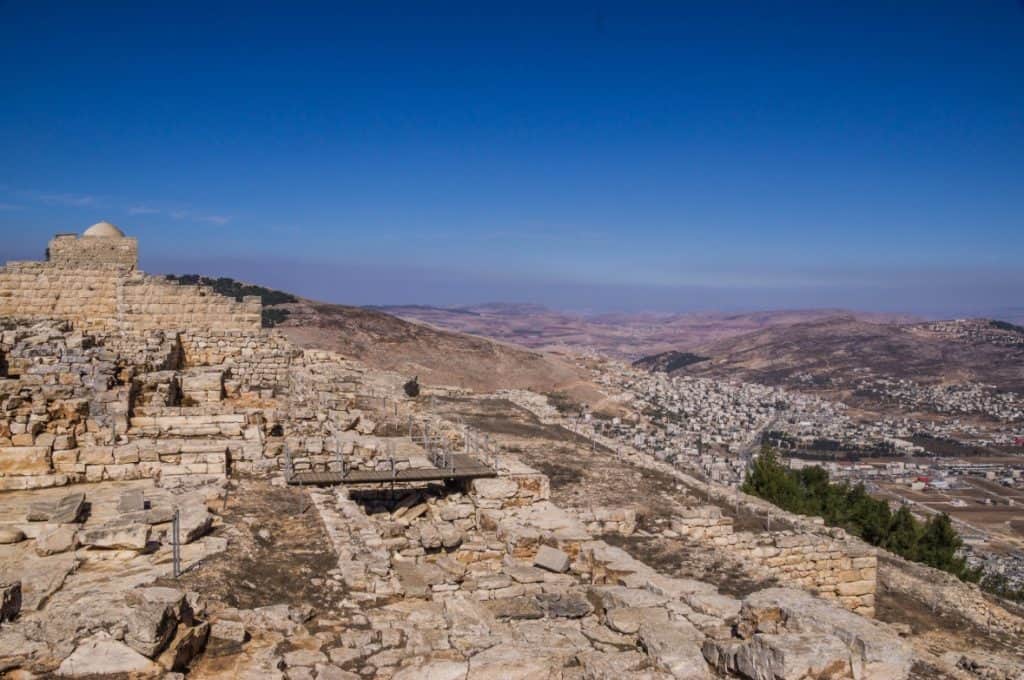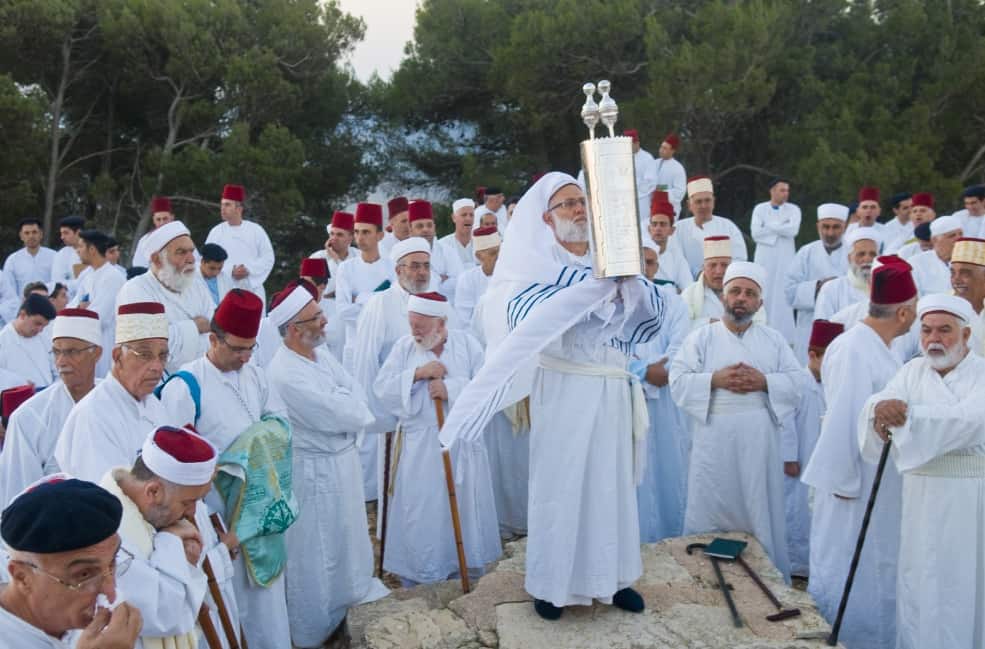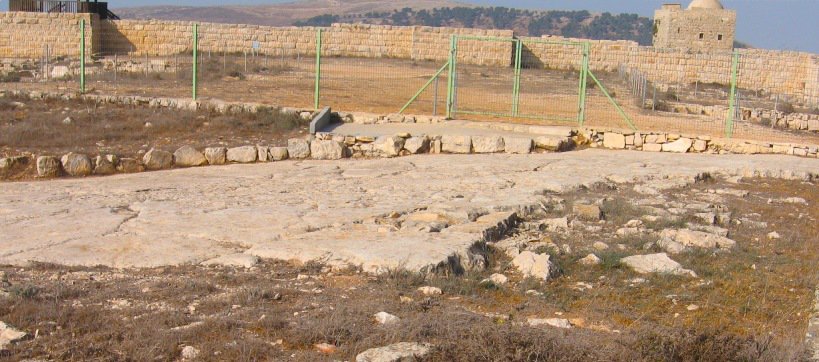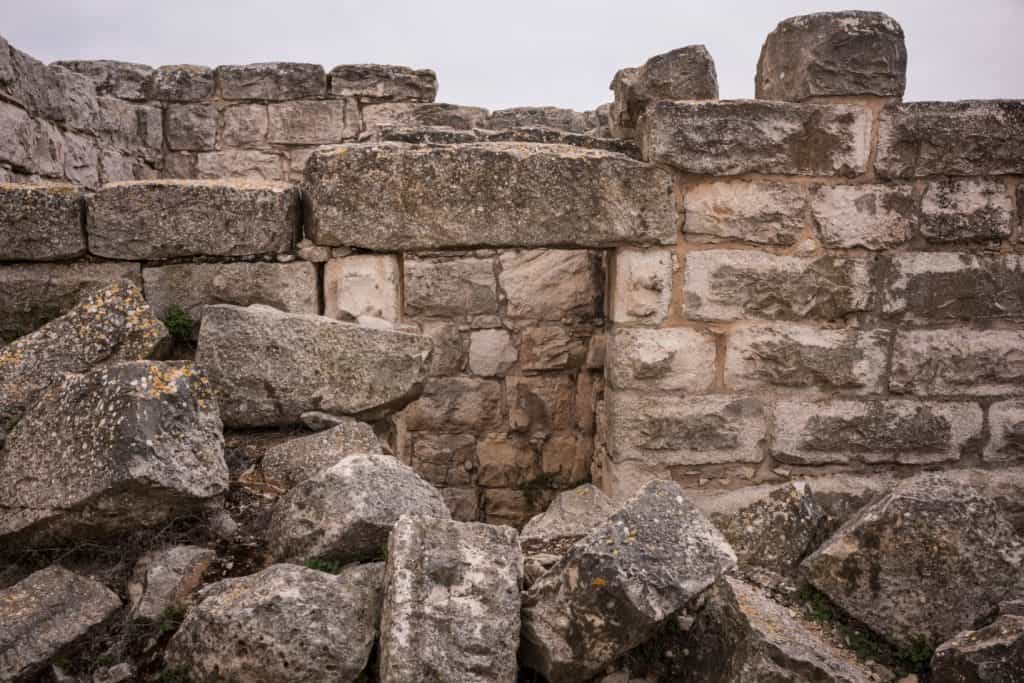After you saw it all and you want to do something different let’s tour Mount Gerizim. Firstly, the mountain is sacred to the Samaritans who regard it; rather than Jerusalem’s Temple Mount; as having been the location chosen by God for a holy temple. The mountain continues to be the center of the Samaritan religion to this day, and most Samaritans live in close proximity to Gerizim.

Let’s Tour Mount Gerizim: Biblical Account
Moses instructed the Israelites when first entering Canaan; to celebrate the event with ceremonies of blessings and cursings on Mount Gerizim and Mount Ebal respectively. The Masoretic Text of the Tanakh says the Israelites later built an altar on Mount Ebal; constructed from natural (rather than cut) stones; to place stones there and whiten them with lime; to make korban (peace offerings on the altar), eat there, and write the words of this law on the stone.

The Samaritan Pentateuch version of Deuteronomy, and a fragment found at Qumran, holds that the instruction actually mandated the construction of the altar on Mount Gerizim, which the Samaritans view as the site of the tabernacle, not Shiloh. Recent Dead Sea Scrolls work supports the accuracy of the Samaritan Pentateuch’s designation of Mount Gerizim rather than Mount Ebal as the sacred site.
In the Book of Joshua, after the Battle of Ai, Joshua built an altar of unhewn stones there; the Israelites then made peace offerings on it, the law of Moses was written onto the stones, and the Israelites split into the two groups specified in Deuteronomy and pronounced blessings and curses as instructed there.
Let’s Tour Mount Gerizim: Post-Exile History
After the end of the Babylonian Captivity; a large schism between the Samaritans and Judaism developed, with the Samaritans; but not the Jews, regarding Mount Gerizim as the holy place chosen by God. Subsequently, in the Persian Period, the Samaritans built a temple there probably in the middle of 5th-century BCE.; arguing that this was the real location of the Israelite temple (Solomon’s Temple) which had been destroyed by Nebuchadnezzar.

(Credit: Daniel Ventura CC BY-SA 4.0)
The religious tension between the Jews and the Samaritans led to the temple on Gerizim being destroyed by either John Hyrcanus in the 2nd century BCE (according to Josephus) or by Simeon the Just (according to the Talmud). However, the mountain evidently continued to be the holy place of the Samaritans; as it is mentioned as such by the Gospel of John and coins produced by a Roman mint situated in Nablus included within their design a depiction of the temple; surviving coins from this mint, dated to 138–161 CE; show a huge temple complex, statues, and a substantive staircase leading from Nablus to the temple itself.
Let’s Tour Mount Gerizim: References to the Mountain in the New Testament
In Jesus’ discussion with the Samaritan woman at the well he revealed his feeling about worship there:
Jesus said to her, “Woman, believe me, the hour is coming when you will worship the Father neither on this mountain nor in Jerusalem. You worship what you do not know; we worship what we know, for salvation is from the Jews. But the hour is coming, and is now here, when the true worshipers will worship the Father in spirit and truth, for the Father seeks such as these to worship him. God is spirit, and those who worship him must worship in spirit and truth.”
(John 4)
Let’s Tour Mount Gerizim: A Church Is Built On Top of Mount Gerizim
Eventually, when Christianity became the state church of the Roman Empire, Samaritans were barred from worshiping on Mount Gerizim. In 475 CE a Christian church was built on its summit. In 529, Justinian I made Samaritanism illegal and arranged for a protective wall to be constructed around the church.

As a result, the same year, Julianus ben Sabar led a pro-Samaritan revolt; and by 530 had captured most of Samaria; destroying churches and killing the priests and officials. However, in 531, after Justinian enlisted the help of Ghassanids, the revolt was completely quashed, and surviving Samaritans were mostly enslaved or exiled. In 533 Justinian had a castle constructed on Mount Gerizim to protect the church from raids by the few disgruntled Samaritans left in the area.

